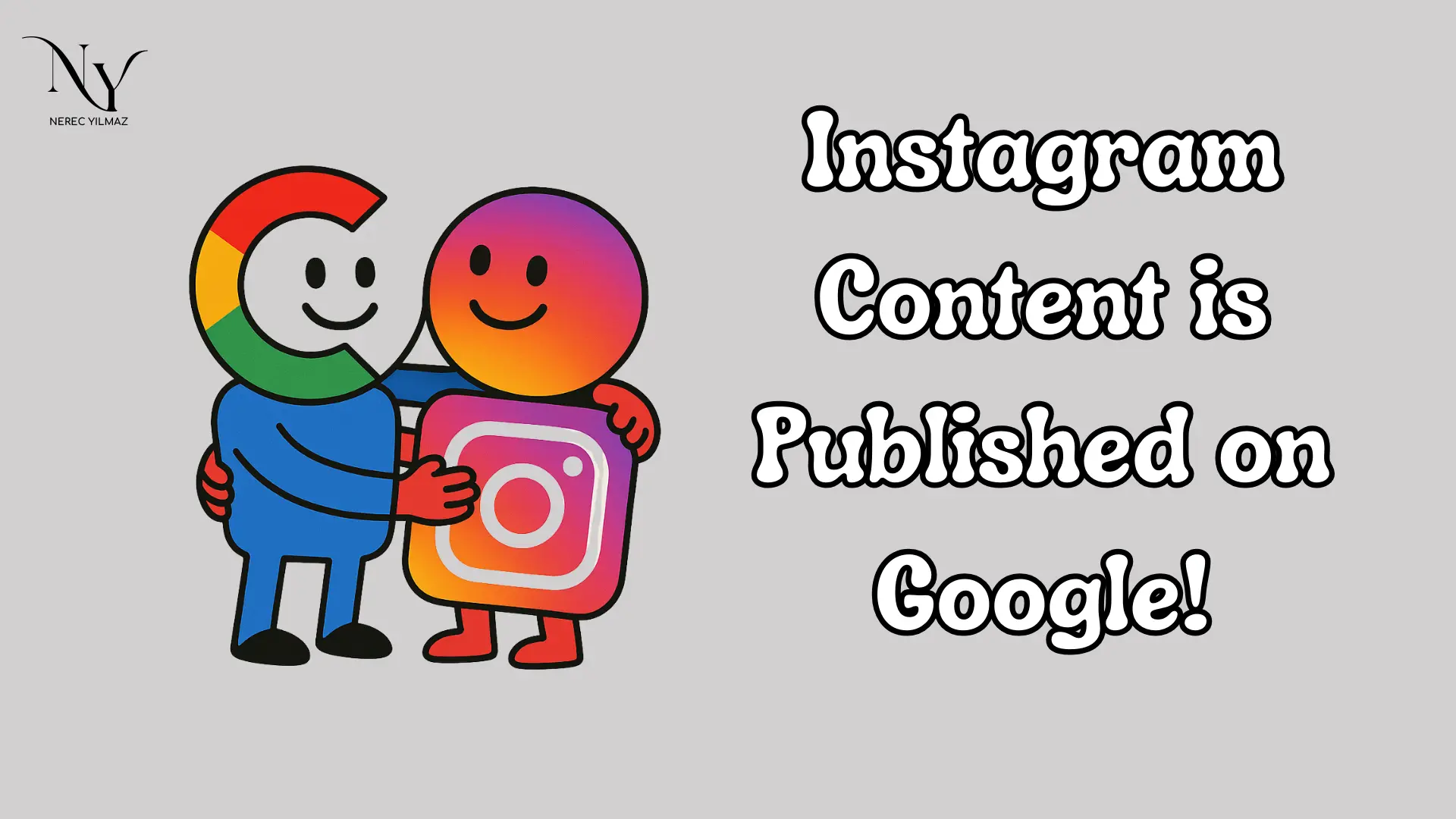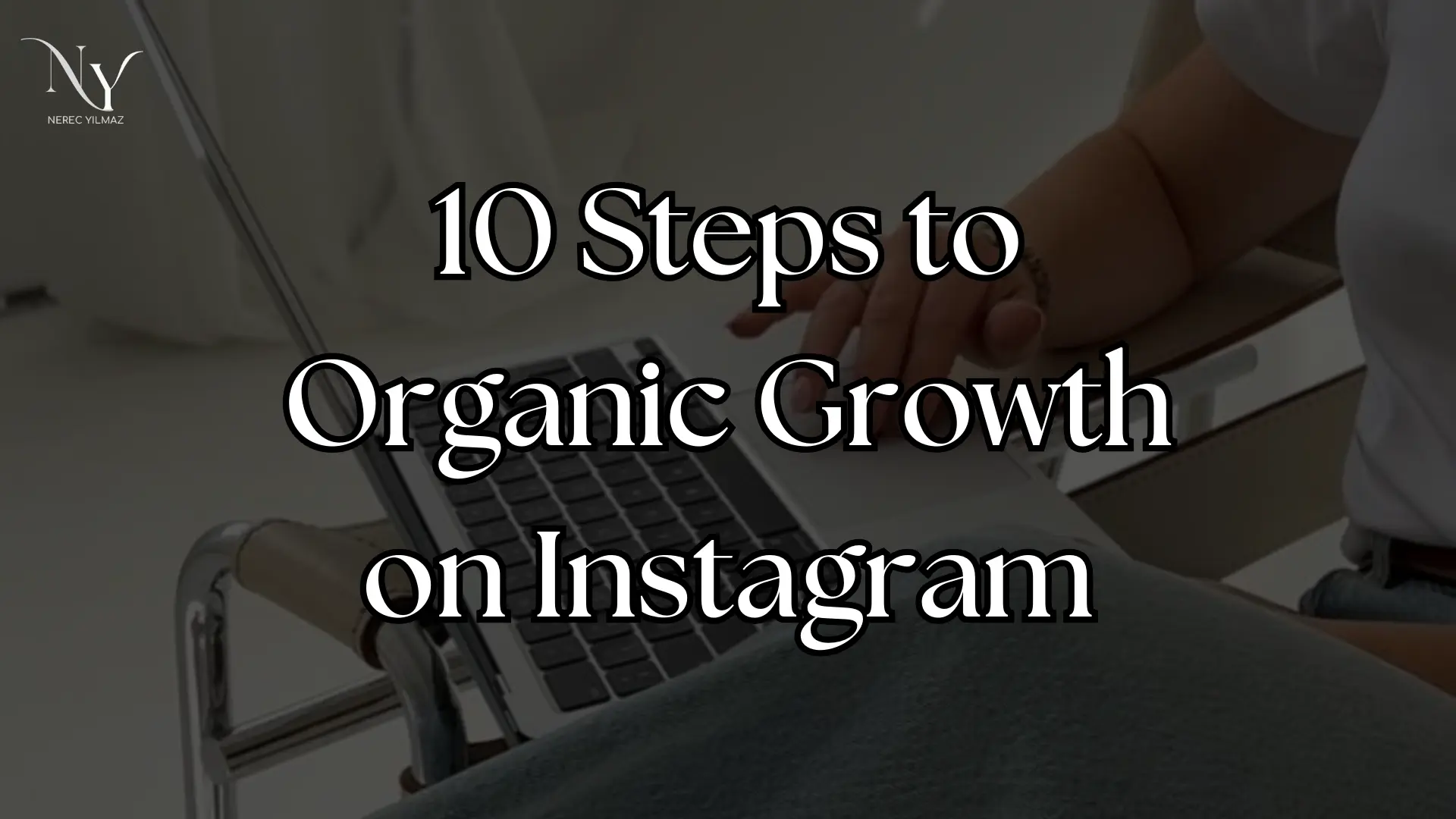One of the most powerful tools for any brand that wants to be visible in the digital world is keyword research. From SEO to social media, from advertising to product descriptions—every piece of content reaches its target audience through the correct use of keywords.
So, what exactly is a “keyword”? How is it found? Which tools are used? And how can you create a strategy with this information? I’ll walk you through all of it step by step in this content.
What Is a Keyword?
A keyword is a word or phrase that users type into search engines like Google to access information. The term “keyword” plays a crucial role in both SEO and content creation.
For example, the phrase “best coffee machines 2025” is a long-tail keyword. If you create content targeting this keyword, your chances of appearing in search results increase.
But where does the term originate from?
The origin of the term “keyword” comes from the idea of key points to access information. With the growth of the internet, this concept became fully integrated into digital marketing vocabulary and became a central focus for content creators and marketers.
To summarise briefly:
- A keyword is the focal point that expresses what a piece of content is about
- Search engines match your content using these words.
- Users can then find the information they’re looking for.
Keyword Examples
Depending on the content, keywords can be short or long. Here are a few examples:
| Type | Example Keywords |
| Short-Tail | coffee machine, yoga mat, laptop |
| Long-Tail | best filter coffee machine for 2025, home yoga mat suggestions |
| Local-Focused | organic market in Istanbul, best dietician in Izmir |
| Social Media | Instagram content ideas, YouTube SEO tips |
So, why is keyword research this important? ⬇️
Why Is Keyword Research Useful?
Importance for SEO
Knowing what people are searching for is key for SEO, especially if you want your website to appear in Google’s results and reach your target audience.
Here’s how keyword research benefits SEO:
- Increases organic traffic
- Helps you capture search intent
- Makes competitor analysis easier
Importance for Social Media Platforms
It’s not just about Google users search on platforms like Instagram, YouTube, and TikTok, too. Just like on the web, reaching your audience on social media starts with knowing what they’re searching for.
For example:
- A user searching for “quick hairstyle” on YouTube might find a video that has been properly optimised with the right keyword.
- On Instagram, a post using a hashtag or description like “minimal decor ideas” could appear higher in the Explore algorithm thanks to Instagram SEO.
- TikTok SEO has become a serious game changer. Using the right keywords in descriptions, captions, and hashtags increases your chances of going viral.
Importance for Marketplaces
On marketplaces like Trendyol, Amazon, or Etsy, listing products with the right keywords directly affects sales performance.
For example:
Instead of just “wooden phone stand”, a more detailed and niche phrase like “handmade wooden phone stand gift” appeals more directly to the user’s search intent.
How to Do Keyword Research?
Even if someone has zero knowledge of digital marketing, here’s the simplest way to do keyword research 👇
- Learn about your target audience:
If you’re selling a product/service and want people to reach you, the first step is to define who should reach you. What are their interests, age, gender, and problems?
See also: Target audience research
- Put yourself in the user’s shoes:
Above all, you are also a buyer or someone who generates demand. By thinking like your target audience, you can identify relevant search queries and discover your competitors.
- Do keyword analysis:
Start with the most basic words that describe your product/service, and use the tools listed below to conduct your keyword research.
- Integrate the keywords into your content:
Remember! Every keyword list you generate includes actual user queries. Start using the words you find especially those with high search volumes in your content in a strategic way.
10 Free Keyword Research Tools
There are many free tools you can use for keyword research. Below are 10 tools I personally use often, along with how to use them:
Google Keyword Planner
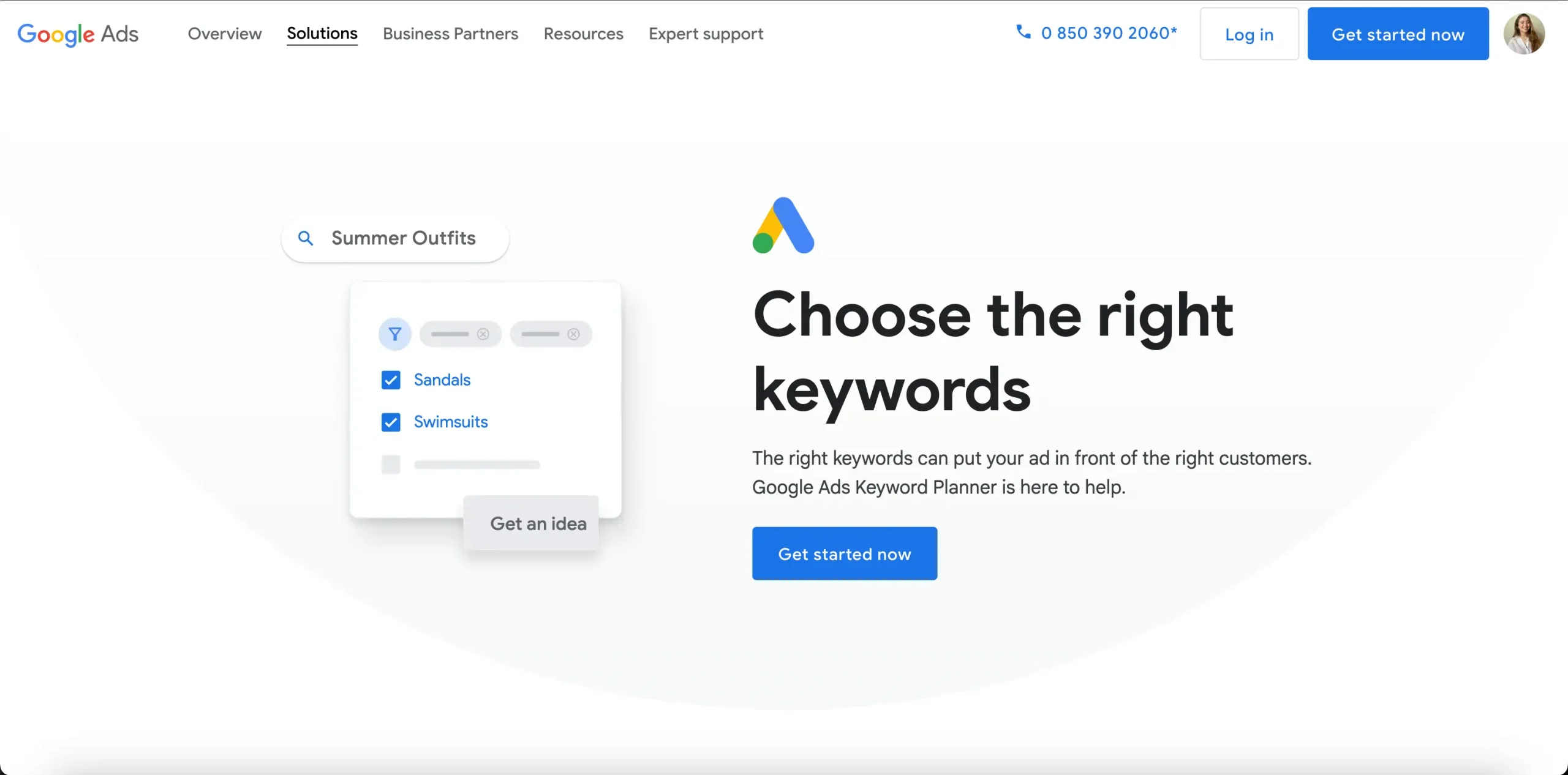
One of the most reliable sources because it provides data directly from Google. It’s especially useful before launching a blog, e-commerce site, or ad campaign.
How to use:
- Create a Google Ads account
- Go to “Keyword Planner”
- Enter a basic term (e.g., “hair care”) in “Discover new keywords”
- Review search volume, competition level, and related suggestions
💡 Advantage: You directly access the keywords advertisers are targeting.
Manual Research
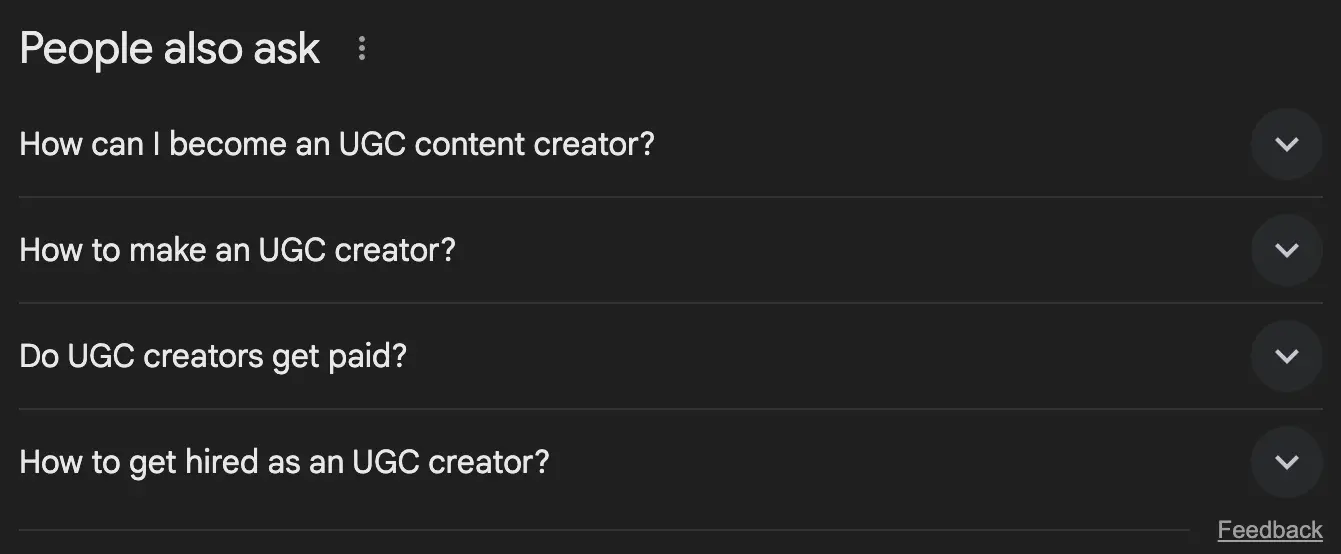
One of the most powerful methods I’ve used for years. With manual research, by placing yourself in the user’s mindset, you can discover the most-used words and potential competitors across platforms like Google, Instagram, or YouTube.
Google Trends
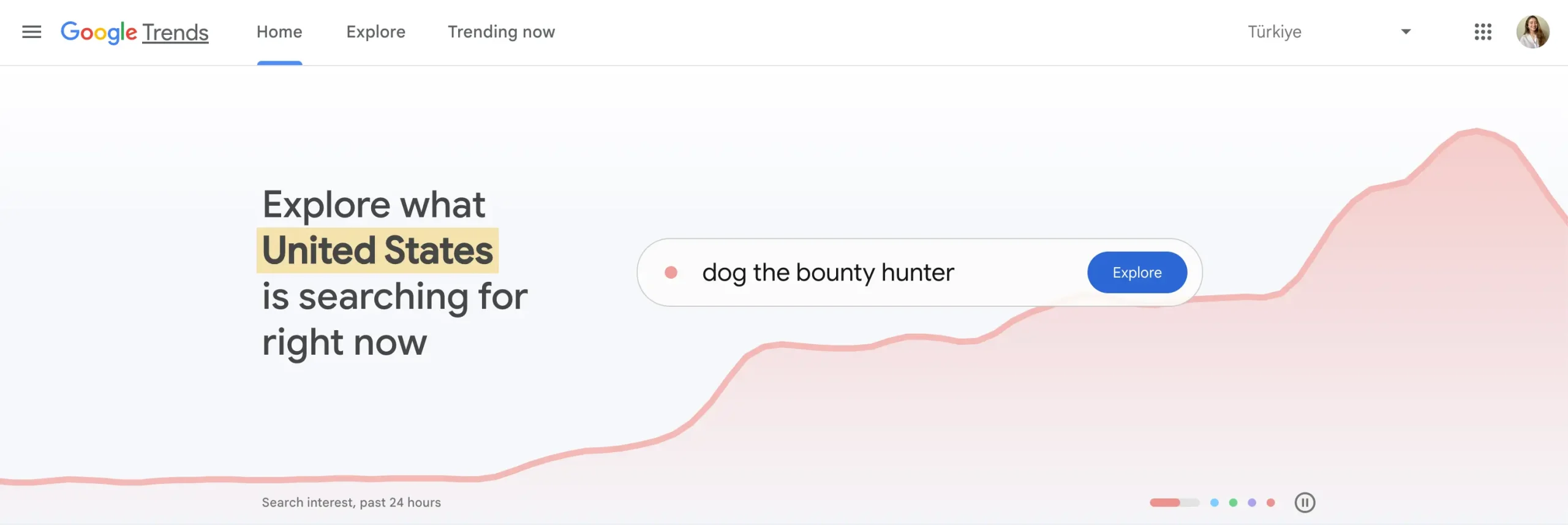
Google Trends allows you to analyse seasonal and regional trends based on user search queries.
Use cases:
- Create seasonal content (e.g., “Mother’s Day gift”)
- Track whether interest in a topic is increasing or decreasing
- See which keywords are searched more by region
💡 Advantage: Perfect for content creators and social media managers aiming to catch trends.
Answer the Public
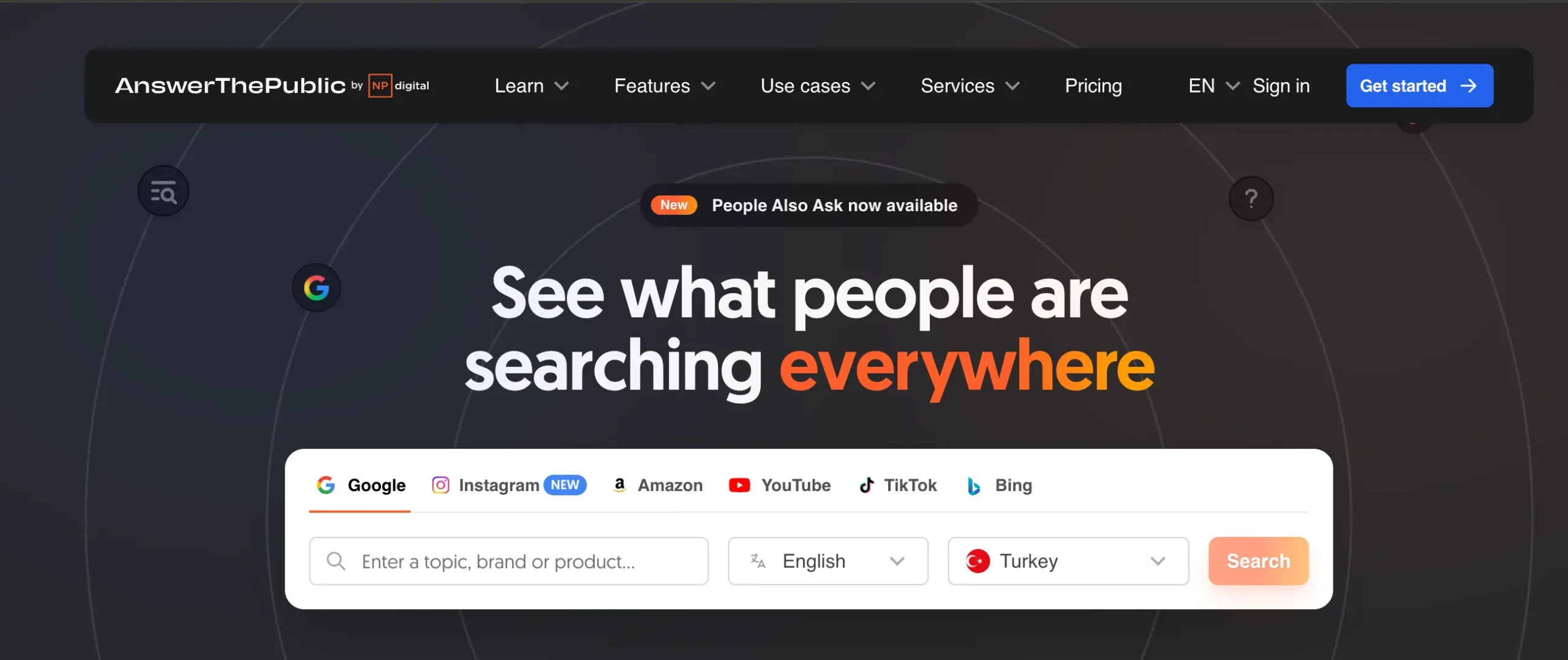
Answer the Public is a powerful content discovery tool that maps out the questions users are asking online in a visual format. Unlike other keyword tools, it’s ideal for understanding user intent.
What it helps with:
- Shows what users are asking
- Reveals curiosity around specific topics
- Provides insights into search behaviours
It offers not just keyword ideas but inspiration for question-based content—ideal for blog posts, YouTube videos, and SEO-friendly titles.
How to use:
- Go to the site and enter a basic keyword (e.g., “organic coffee”)
- Select your target country and language (e.g., Poland-Polish)
- The tool categorises questions under “what,” “how,” “why,” “who,” “where,” “when,” etc.
- Use these questions to analyse user search intent
Keyword Tool

Keyword Tool lets you discover platform-specific keywords for Google, YouTube, Instagram, Amazon, TikTok, and more.
How to use:
- Choose your target platform
- Enter your keyword
- Browse all auto-complete-based keyword suggestions
💡 Advantage: Especially effective for social media content planning (particularly Instagram & YouTube).
Semrush
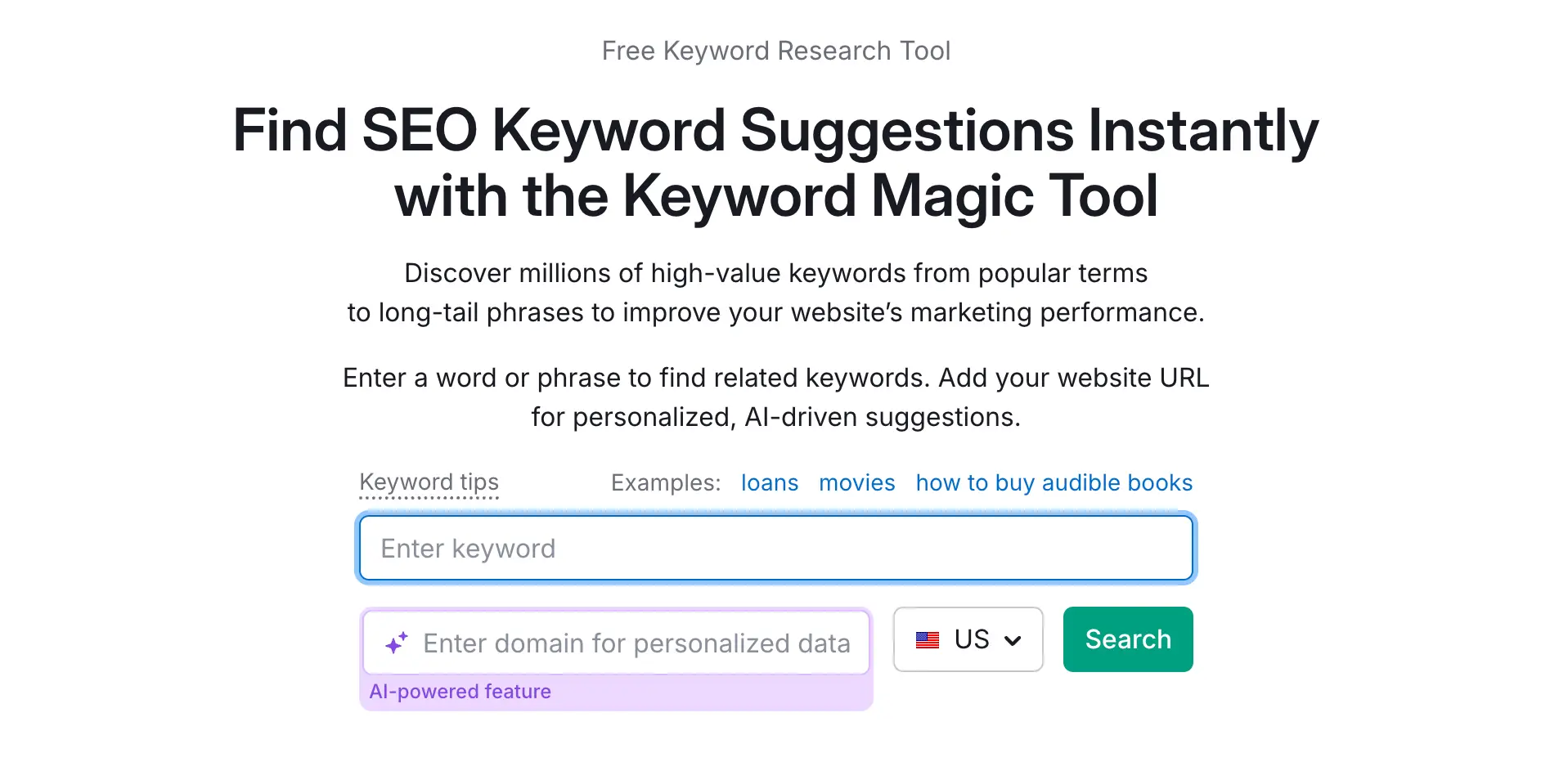
Semrush is one of the most advanced professional SEO analysis tools. The free version offers limited queries but very valuable insights.
What it provides:
- Keyword volume, difficulty score, trend analysis, competitor research
- Content marketing tools, domain comparisons, backlink data
💡 Advantage: See which keywords your competitors are targeting and ranking for.
Ahrefs Keyword Generator
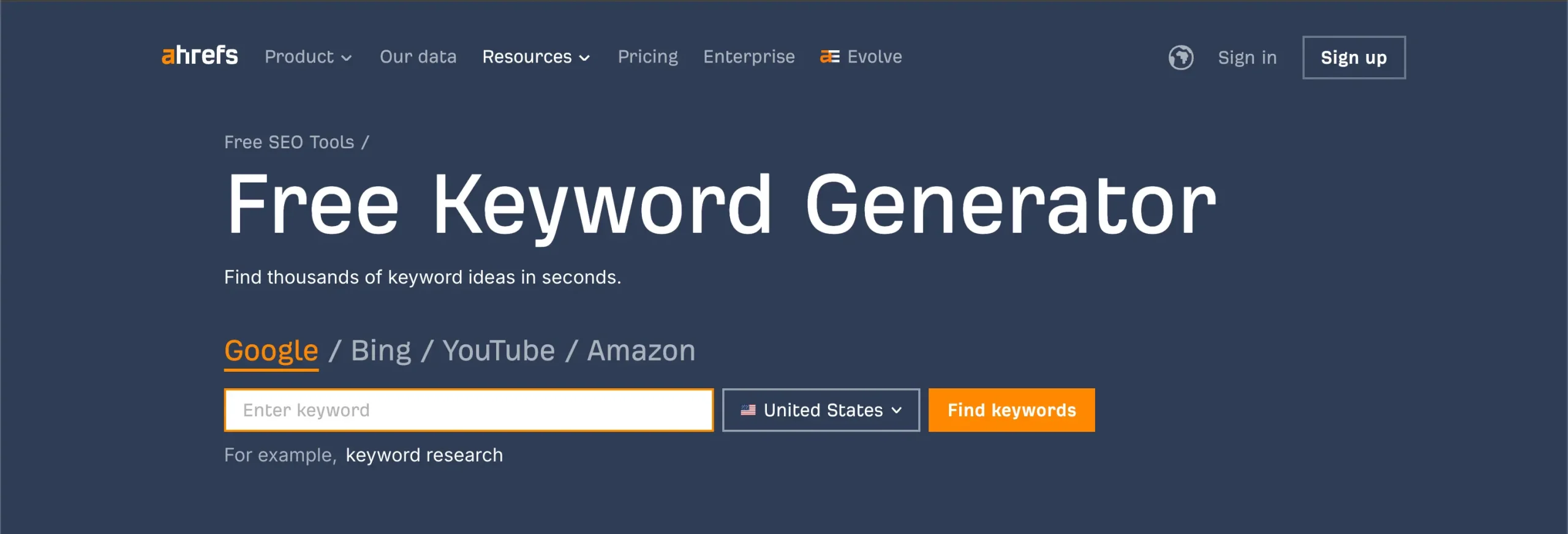
Ahrefs free version provides 20 keywords with volume and SEO difficulty, plus related user questions.
How to use:
- Enter a keyword (e.g., “Instagram content”)
- Get a detailed list with volume, Keyword Difficulty (KD), and question suggestions
💡 Advantage: Great for generating long-tail keyword ideas.
Ubersuggest
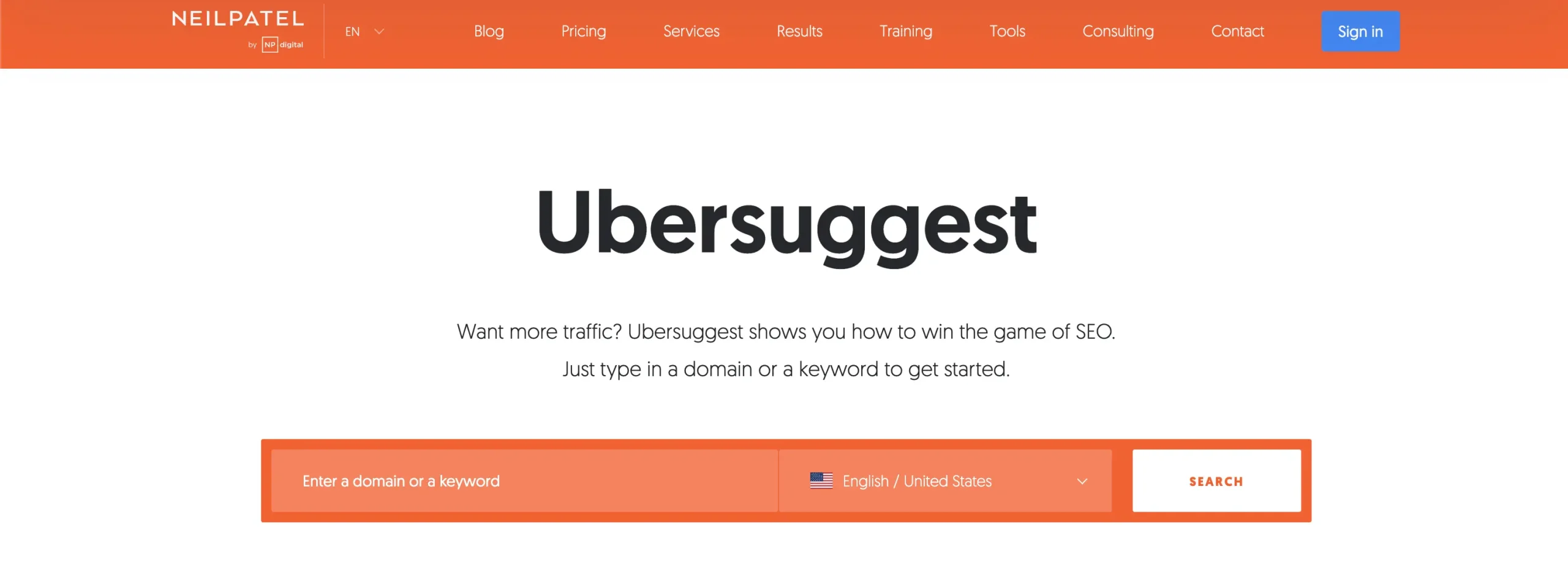
Developed by Neil Patel, Ubersuggest is very beginner-friendly. It’s especially helpful in the ideation phase before deep analysis.
Features:
- Shows search volume, SEO difficulty, and cost-per-click (CPC)
- Also offers content ideas and backlink insights
💡 Advantage: Delivers solid results in both English and Turkish. You can also perform domain analysis.
AlsoAsked
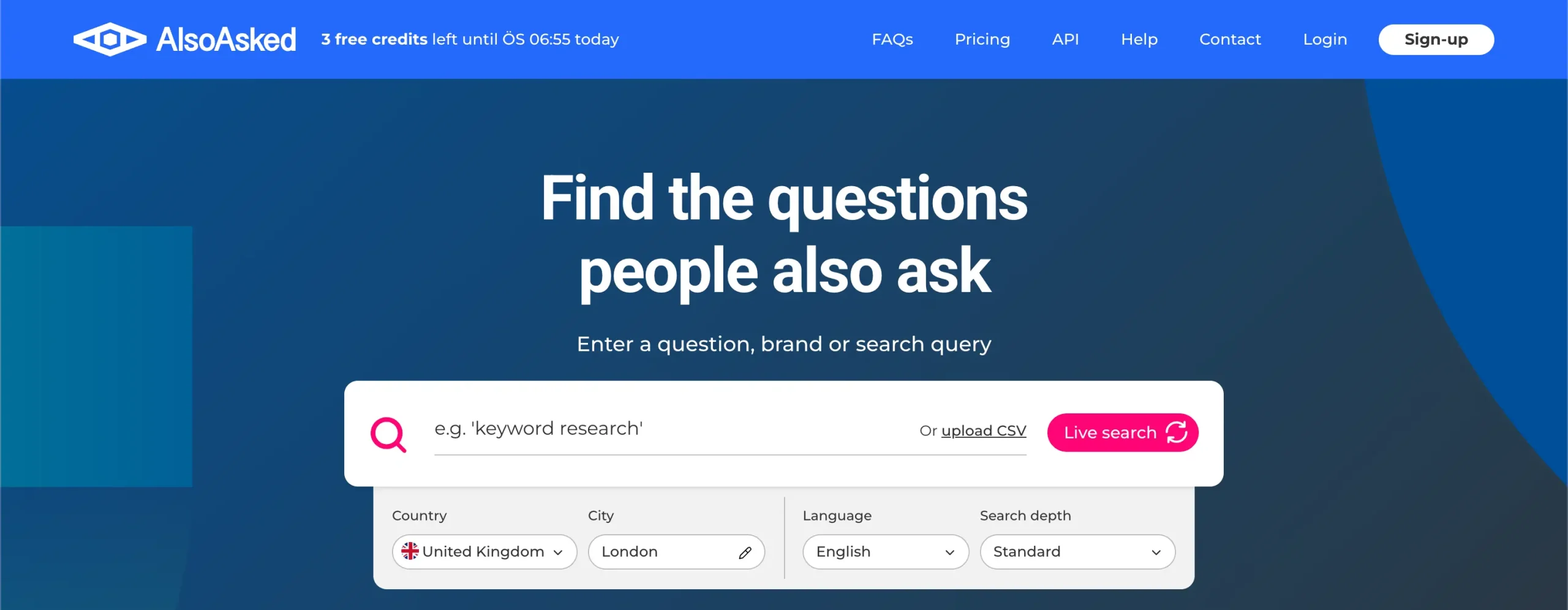
AlsoAsked visualises Google’s “People Also Ask” boxes in a network map.
What it helps with:
- Shows which questions you can use to introduce content
- Helps you better analyse user search intent
💡 Advantage: Incredibly helpful for creating blog headlines and subheadings.
Keyword Surfer
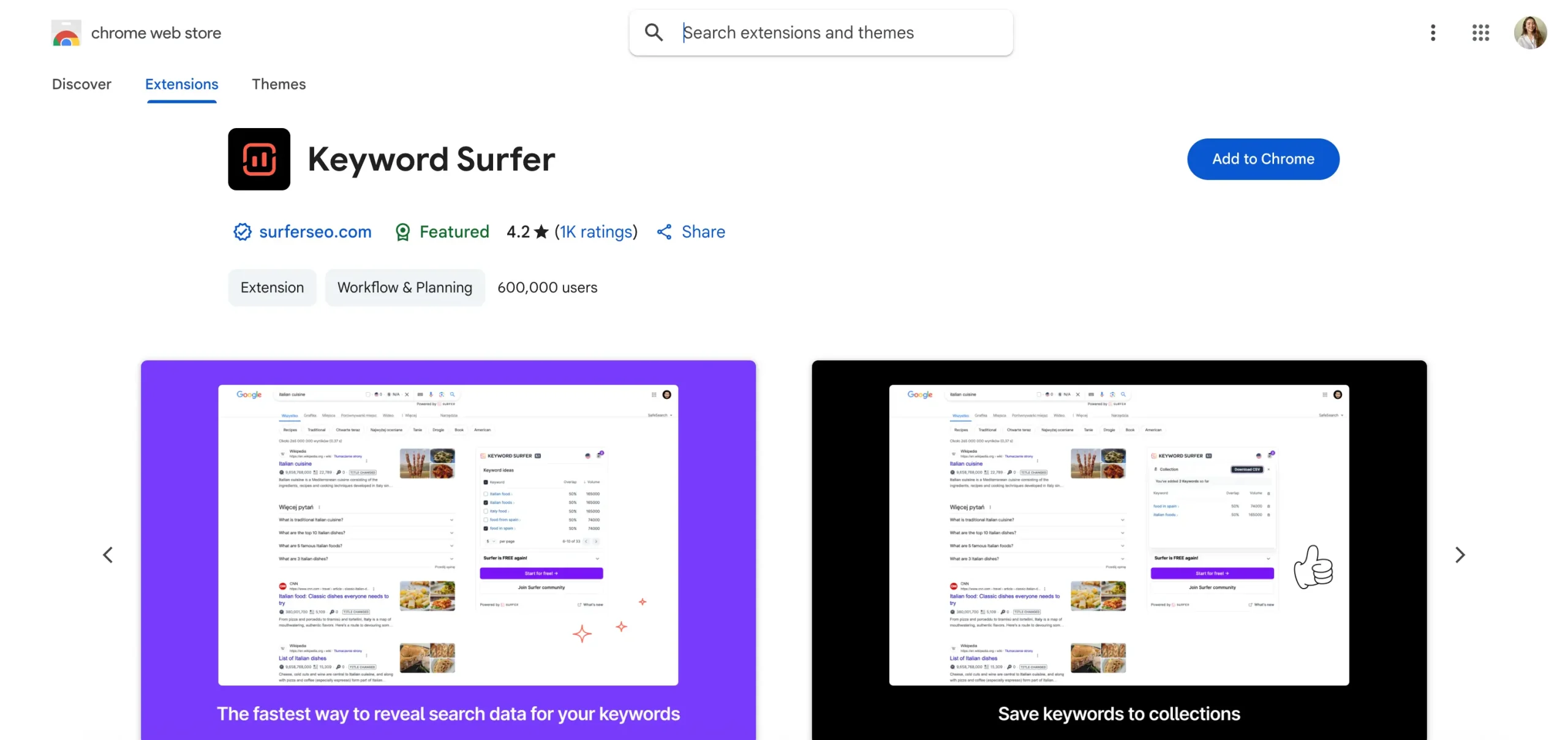
Keyword Surfer is a Chrome extension that works directly on Google search results. It displays keyword volume, suggestions, and estimated traffic without leaving the page.
What it helps with:
- When you search on Google, it shows keyword suggestions and volume in a right-hand panel
- Displays estimated traffic for each search result
- Includes data like content length per page, number of backlinks, etc.
How to use:
- Install the extension from the link
- Type any keyword on Google (e.g., “freelance content writer”)
- After searching, see volume, CPC, related keywords, and organic traffic estimates on the right panel
💡 Advantage: Enables quick analysis without switching tabs. Especially useful for “first-look” content assessments. Great for beginners and those on a tight schedule.
How to Use Keywords?
Think of the keywords you find as “keys”: If they don’t open the right door, the content loses its value. Integrating keywords into content naturally is crucial.
Here are some tips:
- Include keywords in blog titles and first paragraphs
- Naturally insert them into meta descriptions
- Keep URLs simple and keyword-focused
- Use them in social media descriptions and hashtags
- Don’t forget to include them in YouTube titles and descriptions
Warning: Overusing keywords in a forced or meaningless way may be flagged as spam. Natural flow always wins.
If you’re still struggling to create a keyword strategy tailored to your brand after all this, feel free to reach me.



